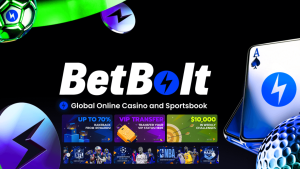TRC20 standard is a type of smart token standard used on the Tron blockchain network. So, what is TRC20 standard and what are the features and benefits of the TRC20 standard? Let’s find out with Coincu in this article.
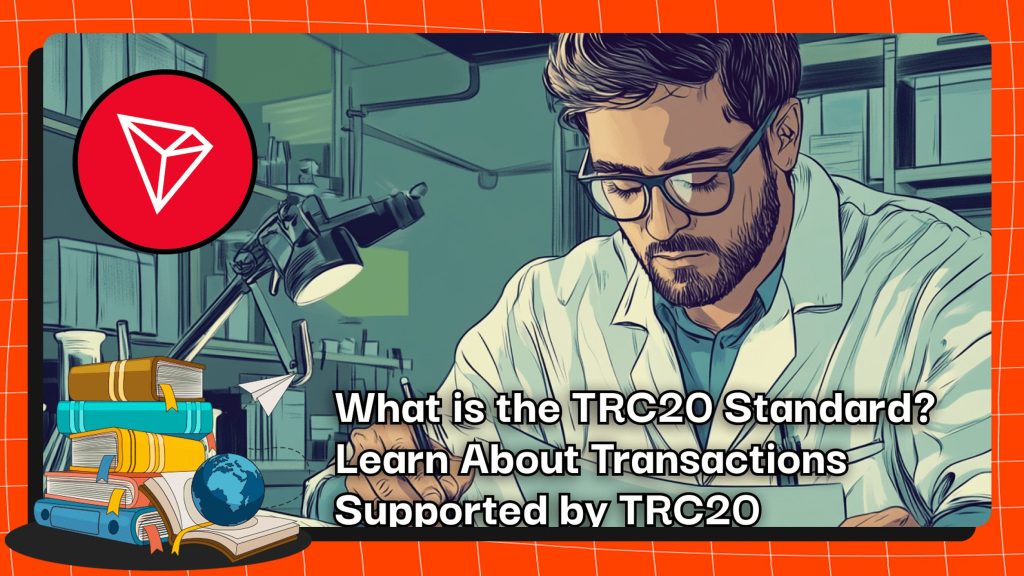
Overview of TRC20 Standard
What is TRC20 Standard?
TRC20 standard is adopted as the technical standard for creating and managing tokens on the Tron blockchain. Much like Ethereum’s ERC20, TRC20 provides a common set of rules that make sure tokens issued on the Tron network are compatible and flow smoothly with each other.
It grants tokens the power to represent a host of assets, from cryptocurrencies through digital collectibles to utility tokens. TRC20 tokens are highly transferable and tradeable in decentralized exchanges, hence finding a place as one of the most versatile tools in blockchain space.
Smart contracts back the functionality of the TRC20 tokens with advanced features such as automated transactions and burning of tokens. Programmability expands the potential use cases and flexibility of TRC20 tokens.
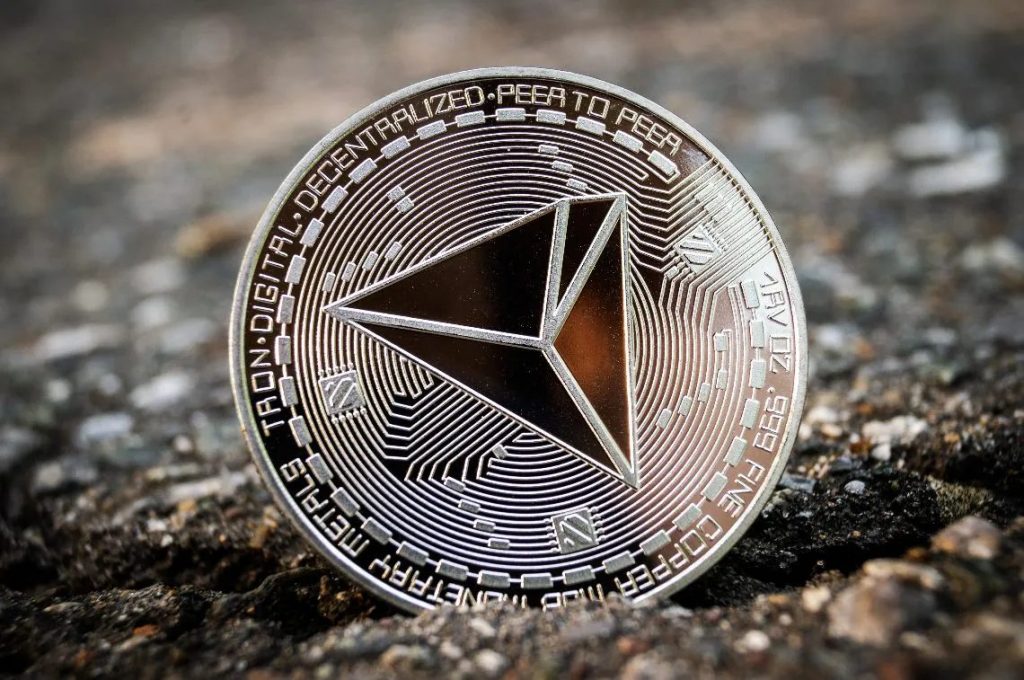
Read more: An Overview Of TRON Exchange How To Trade TRX Effectively
The Role of TRC20 in the Tron Blockchain
TRC20 is the fundamental implementation of the Tron blockchain tokens. Among several major purposes:
TRC20 standards are built and created using smart contracts on the TRON blockchain. While deploying a contract, developers set such basic things as a name, a symbol, a maximum supply, and the number of decimal places for places used with a token.
After the deployment of the contract, the token will work with the operation of the contract, which principally involves the fulfilment of new contracts, transfer of ownership, and updating long balances.
The TRC20 standard maintains the security and efficiency of token transfers. Simply put, token holders are allowed to send tokens of the TRC20 type to any other entity through smart contracts over the Tron network.
The TRC20 standard is compatible with TRON’s smart contract features that can ensure simple development and deployment without much effort toward customization of token types. It is this compatibility that has seen TRC20 tokens flowing into ICOs and other dApps.
TRC20 tokens have transaction fees quite low, making them an economical option for users who are into token transfers and trading. Their multiple use cases and compatibility with other cryptocurrencies and the blockchain network make them all the more appealing.
Read more: Top 5 Projects On TRON Blockchain
What is the Difference Between Tether (USDT) TRC20 and ERC20?
Tether is a stablecoin aimed at keeping close to parity with a fiat currency, thus offering a dependable medium of exchange in the cryptocurrency world. There are two main formats: TRC20 and ERC20. These have very different blockchain platforms based on which they are built.
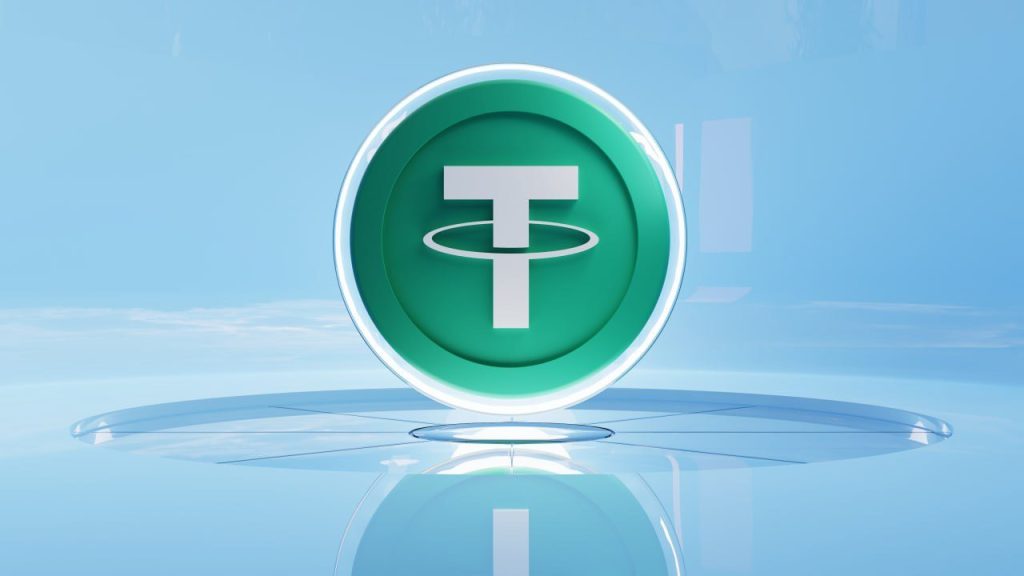
TRC20 Tether vs. ERC20 Tether Explained
- TRC20 Tether: This is the Tether version based on the Tron blockchain. TRC20 USDT tokens are fully compatible with the technical standard of Tron and natively compatible with Tron-based wallets and exchanges, suitable for those users who want ease and better fees.
- ERC20 Tether: This form of Tether runs on the Ethereum blockchain. ERC20 is a technical standard that defines how smart contracts should deal with tokens on Ethereum. While ERC20 Tether has wide and strong support within the Ethereum system, it has larger transaction fees and slower processing times compared to TRC20.
Selecting Between TRC20 and ERC20
The choice between TRC20 and ERC20 Tether mostly depends on needs related to transaction speed and cost, or ecosystem compatibility. TRC20 provides cost-effective and swift transactions, while ERC20 has the benefit of the extensive support and infrastructure of the Ethereum network.
Read more: What is Ethereum? The Cryptocurrency Creates Blockchain Breakthrough
What Are The Benefits of Using USDT TRC20?
High-Speed Transaction
Speed TRC20 USDT transactions occur on the Tron network, known for its high transaction throughput and fast processing. It is designed for processing large transaction volumes, which in turn means faster transaction times for users of TRC20 USDT.
ERC20 USDT transactions, on the other hand, are processed on the Ethereum network, which—while strong—is usually slower compared to transaction speeds, simply due to higher transaction volumes and corresponding network congestion.
Low Fees
Fee is the other important aspect where TRC20 USDT wins in this regard. The Ethereum network that is usually supporting the ERC20 USDT experiences higher transaction fees, particularly during high activity on the network. In contrast, the Tron network being used for the TRC20 USDT has lower transaction costs and thus makes it pretty affordable for people who often move funds.
Strong Technology
TRC20 and ERC20 USDT are powered by respective blockchain underlying technologies. The Ethereum network guarantees a high level of security and reliability for ERC20 USDT, as the blockchain is solid and secure. The Tron network that backs up TRC20 USDT cares more about the scalability and efficiency of transaction processing compared with Ethereum. Thus, this scalability makes Tron very friendly to those users requiring rapid and frequent transactions.
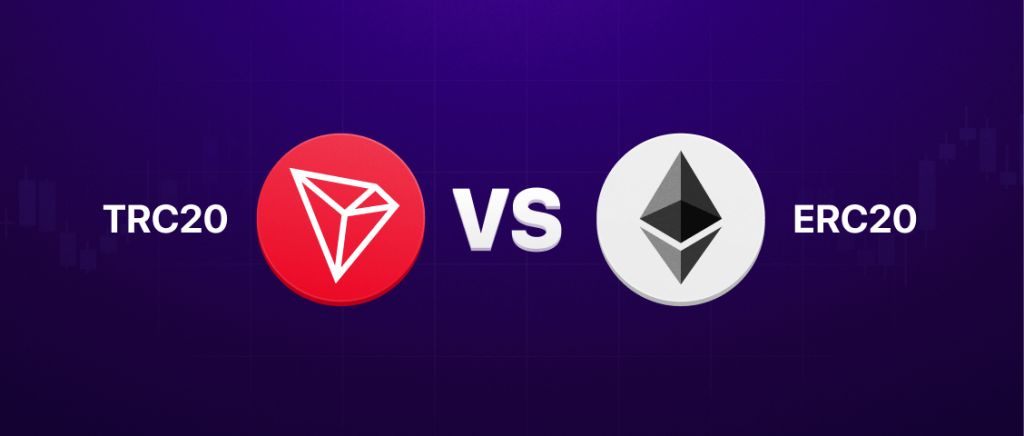
TRC20 Wallets and Exchanges
What Wallets Support TRC-20 Tokens?
If you are dealing with TRC20 tokens, such as USDT, then a wallet that matches this standard is critical. Here is a rundown of some of the top wallets compatible with TRC20 standards:
TronWallet
TronWallet is a decentralized wallet made for the TRON Blockchain. It supports TRC20 standards, staking, voting features, and the possibility of integrating with any DEX. Basically, with a focus on the TRON ecosystem, this wallet is an answer for good TRC20 support.
Trust Wallet
Trust Wallet is a multi-currency wallet that supports many cryptocurrencies based on TRC20 standards. It is credited for having a user-friendly interface, which makes it easy for a person to store, send, receive, and exchange digital assets securely.
Ledger Hardware Wallet
Ledger hardware wallets, e.g., Ledger Nano S and Ledger Nano X, are standard with TRC20 standards because of third-party interfaces regarding Tronscan. The above devices are way secure because they keep your private keys in an offline manner, and so justify why they are reliable when storing TRC20 tokens.
Atomic Wallet
The Atomic Wallet is a non-custodial multi-currency wallet, including support for TRC20 tokens like USDT. The core functions it has are for asset management, cryptocurrency exchange, and staking, all packed into a user-friendly interface.
Exodus Wallet
The Exodus Wallet is available on both desktop and mobile devices. It implements TRC20 standards for ease in dealing with and exchanging between various cryptocurrencies, and it fully provides integrated tools for portfolio tracking and exchange services.
Coinomi Wallet
Coinomi is one more multi-asset wallet that also supports the TRC20 standard. It provides cross-platform compatibility, which offers access to funds on desktop, mobile, and hardware devices, thus serving users’ varied needs.
Top Exchanges Supporting TRC20 Tokens
TRC is a popular standard so most of the centralized exchanges today such as OKX, Binance, MEXC, Bybit, Coinbase, HTX or decentralized exchanges like SunSwap support it.
How to Send TRC20 Tokens to Another Address
To send TRC20 tokens, you need two essential components: the recipient’s TRC20 address and a small amount of TRX to cover the transaction fee. Although transaction fees on the Tron blockchain are minimal, having TRX in your wallet is crucial for completing the transaction.
How Do I Track My TRC20 Address?
When tracking your TRC20 tokens, ensure that the platform you are using supports the TRC20 standard. Navigate to the send/receive token section to verify your transactions.
It’s important to note that the TRC20 address remains consistent across different TRC20 tokens. Whether you are receiving USDT TRC20 or TRX TRC20, the address used will be the same. This address serves as your unique identifier on the Tron network for all TRC20 tokens, including the native TRX token.
How to convert BEP20/ERC20 to TRC20
Thanks to dedicated cross-chain platforms like Symbiosis, Stargate, and Synapse… you can easily convert BEP20/ERC20 tokens to TRC20. To perform a cross-chain swap, you just need to select the intended network and token in the bridge interface, and the cross-chain switch will be fanfare off.
Is TRC20 Safe?
With TRX20 tokens, you get all of the security of the Tron blockchain. With its Delegated Proof of Stake consensus mechanism, Tron enhances safety by involving elected nodes in transaction validation. A strong security infrastructure, thus, guarantees the integrity and safety of TRC20 tokens, providing a user with confidence in the safety of their transaction on the Tron network.
Conclusion
The TRC20 token standard is an important stepping stone to making Tron a leading blockchain platform. With the flexibility and security of issuing TRC20 tokens on Tron, the standard also takes advantage of the network’s scalability and low transaction costs. In the future, TRC20 tokens will continue to be a huge driving force for countless applications and use cases on the Tron blockchain ecosystem.
| DISCLAIMER: The information on this website is provided as general market commentary and does not constitute investment advice. We encourage you to do your own research before investing. |
FAQs About TRC20 Standard
Is TRC20 the same as USDT?
No. TRC20 is a token standard used on the Tron blockchain, while USDT is a token issued on other blockchains through supported token standards.
How do I get a TRC20 wallet?
Consider the options Trust Wallet, Atomic Wallet, TronWallet, and Ledger. These are wallets that support the TRC20 standard.
Is TRC20 an Ethereum network?
No. TRC20 works on the Tron network.
Can I Use MetaMask to Store TRC20 Tokens?
No. MetaMask does not support the TRC20 standard because the standard is not compatible with the Ethereum Virtual Machine (EVM).








